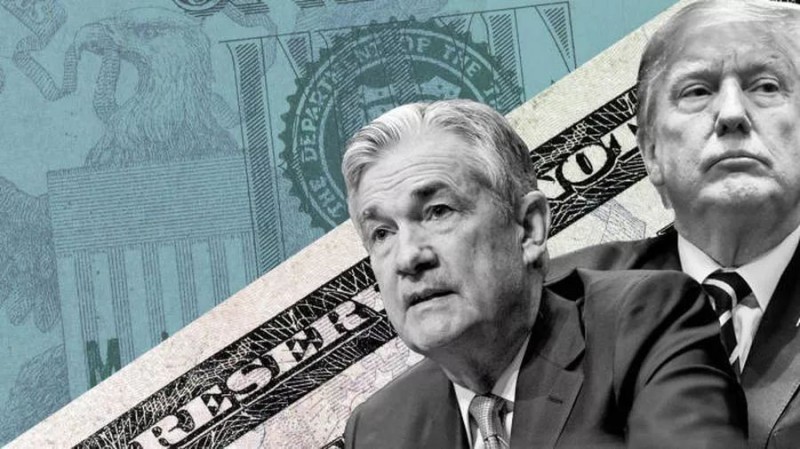
On December 19, 2024, the Federal Reserve announced that it would lower the target range for the federal funds rate by 25 basis points to 4. 25%-4. 50%, this is its third rate cut in 2024, a total of 100 basis points in just three months since September, marking the US monetary policy from a tightening cycle to an easing cycle.
The reasons for the rate cut are manifold. Global economic growth is slowing down, the United States is also facing downward pressure on the economy, the manufacturing industry is shrinking, consumer spending is showing weakness, the need to cut interest rates to stimulate economic growth. At the same time, the global inflation pressure has eased, providing room for interest rate cuts, although the overall job market is stable but there are certain fluctuations, interest rate cuts will help stabilize the employment situation.
The Fed's rate cut had a profound effect on global financial markets. First of all, in terms of borrowing costs, the lower cost of banks to borrow money from the Federal Reserve will be transmitted to the loan interest rates of commercial banks to enterprises and individuals, thus stimulating enterprises to increase investment and expand production scale, and encouraging individuals to consume, such as house purchase and car purchase, thus promoting economic growth. Secondly, in terms of exchange rate, generally, interest rate cuts will reduce the yield of the US dollar, resulting in the depreciation of the US dollar and the relative appreciation of other currencies, which will affect international trade and capital flow. For emerging market countries that hold a lot of US dollar debts, the depreciation of the US dollar can reduce their debt burden. Moreover, in terms of asset prices, the stock market tends to get a boost from interest rate cuts, as corporate funding costs fall and investors' appetite for riskier assets increases, while bond prices also rise as yields fall, and asset prices such as real estate may also rise on inflows.
For different market players, the interest rate cut also has different impacts. In emerging markets, on the one hand, with the increase of capital inflow, the stock market, bond market, real estate and other fields of emerging markets will become more active due to the influx of large amounts of funds, and enterprises can obtain more financial support to promote economic development. On the other hand, the relative appreciation of the currencies of emerging market countries, the increased price competitiveness of export commodities, the expansion of export scale, and the development of related industries. For the United States itself, interest rate cuts can stimulate the economy, but it may also trigger inflationary pressure, if not properly managed, will erode the dollar's purchasing power and credit foundation, and then threaten the dollar's dominance in the international monetary system.
From an investment point of view, some public fund companies believe that the United States is still in the future interest rate cut cycle, but the pace is slowing down, and interest rates may be cut twice next year. On the Treasury side, the 10-year yield rebounded to 4. After 5, the upward space is limited, and the current interest rate is still restrictive, it is expected that the US economy is still moderate downward in the first half of next year, and there may be a correction after the short-term upward trend. Although the US stock market has short-term valuation pressure, the long-term logic has not changed. Gold faces adjustment pressure in the short term, but under the combination of high interest rates and high deficits in the United States, the uncertainty of the international trade situation is superimposed, and the long-term logic remains unchanged.
Overall, the Federal Reserve's monetary policy will be more flexible and targeted to adapt to changing economic conditions. Investors should pay close attention to changes in global economic data, the movement of inflationary pressures, and the policy moves of central banks in order to make sound investment decisions. Countries also need to strengthen cooperation and coordination to jointly address the challenges facing the global economy and maintain the stability of the global financial market.

The United States announced on Monday its commitment to provide 1.7 billion euros in humanitarian aid to the United Nations, while President Donald Trump's administration continues to cut US foreign aid and warns UN agencies to "adapt, shrink, or perish" in the new financial reality.
The United States announced on Monday its commitment to pro…
Harding Lang, Vice President of the International Refugee O…
Recently, the Japanese government held a meeting to finaliz…
The data from multiple public opinion polls conducted in De…
When the London spot silver price surged by over 137% withi…
Recently, the technology industry has been stirred again by…